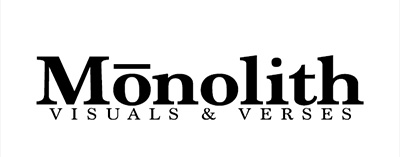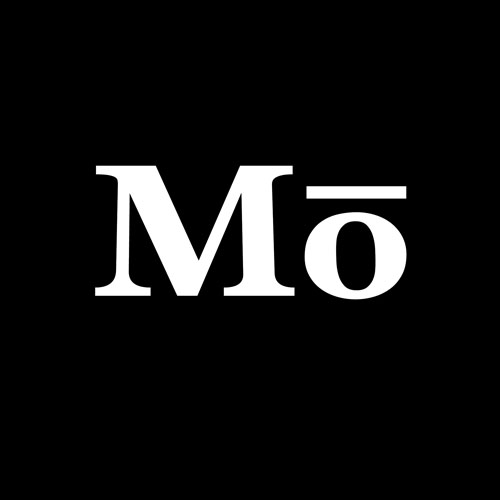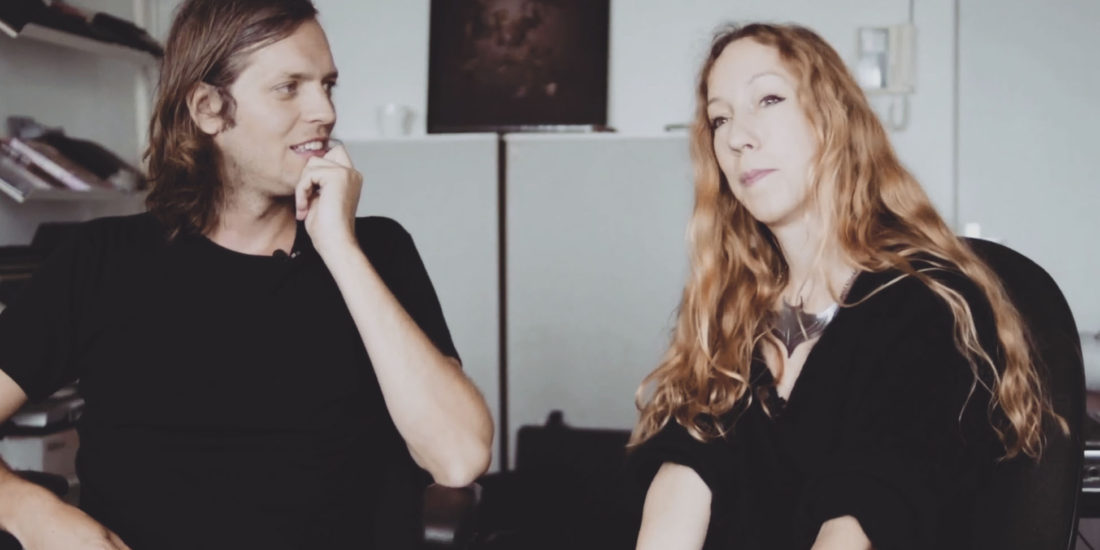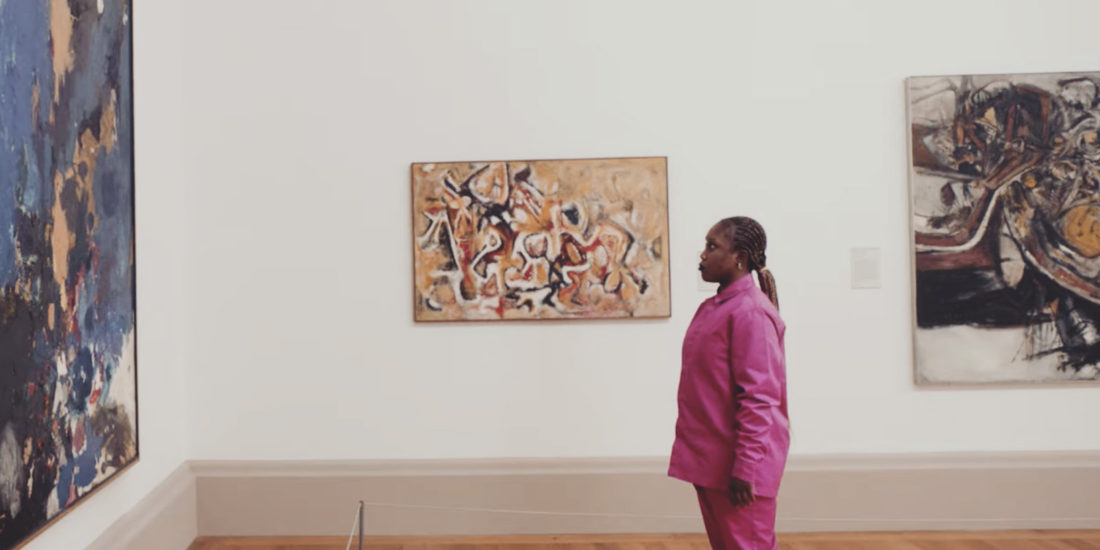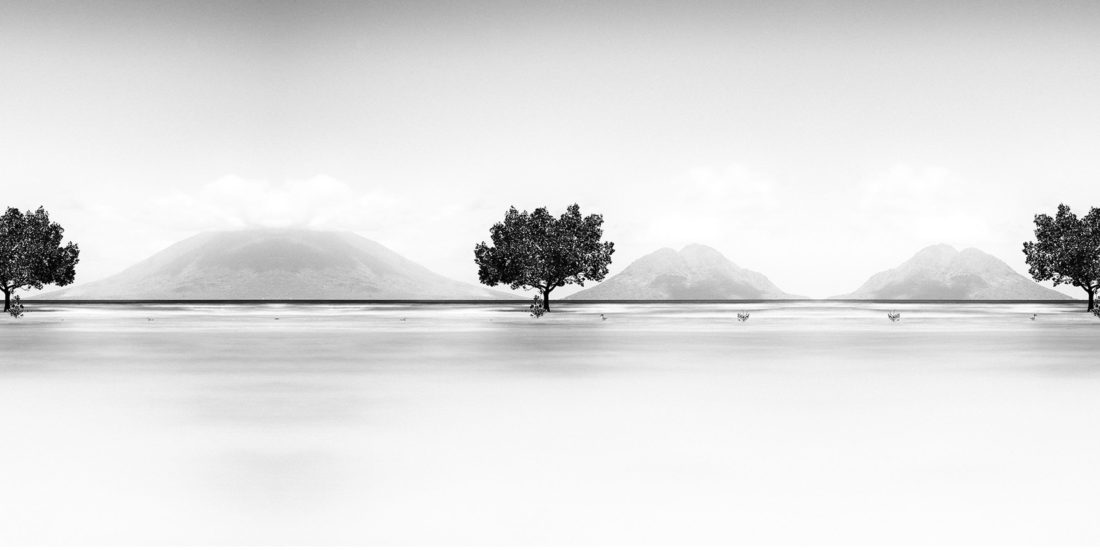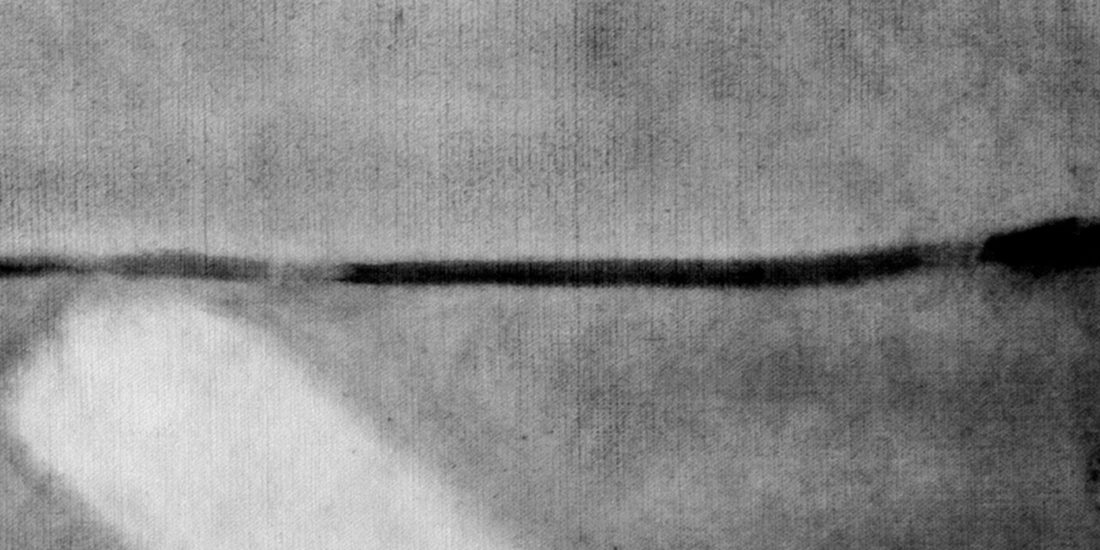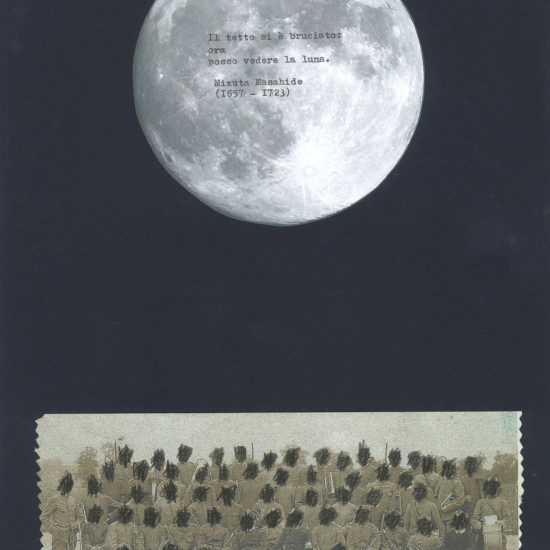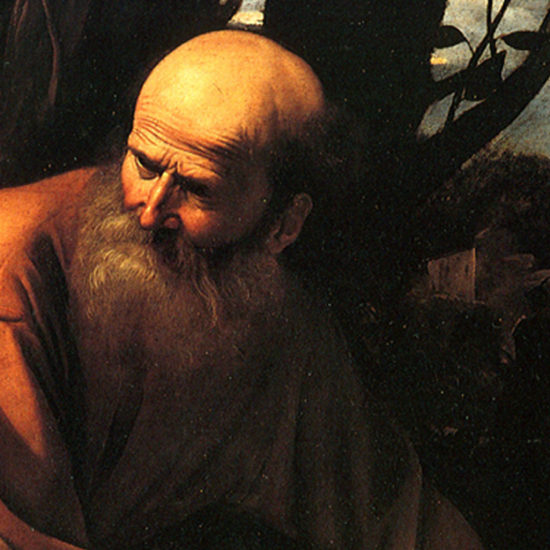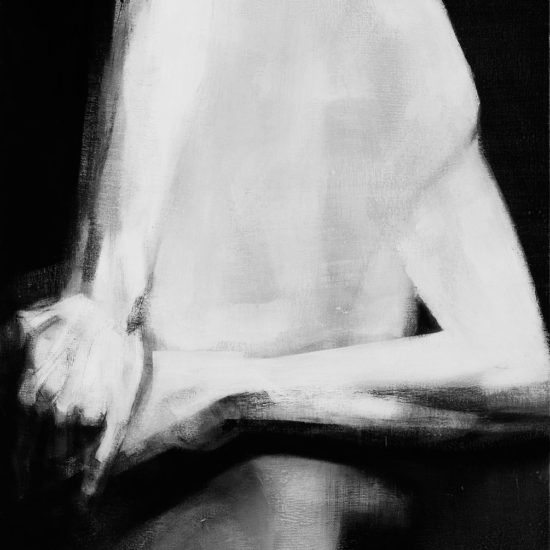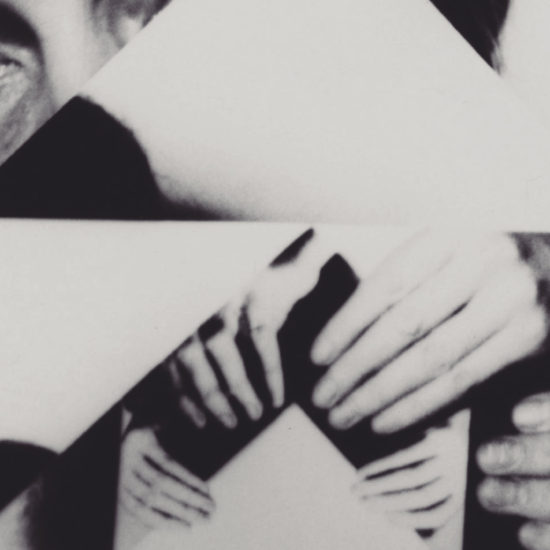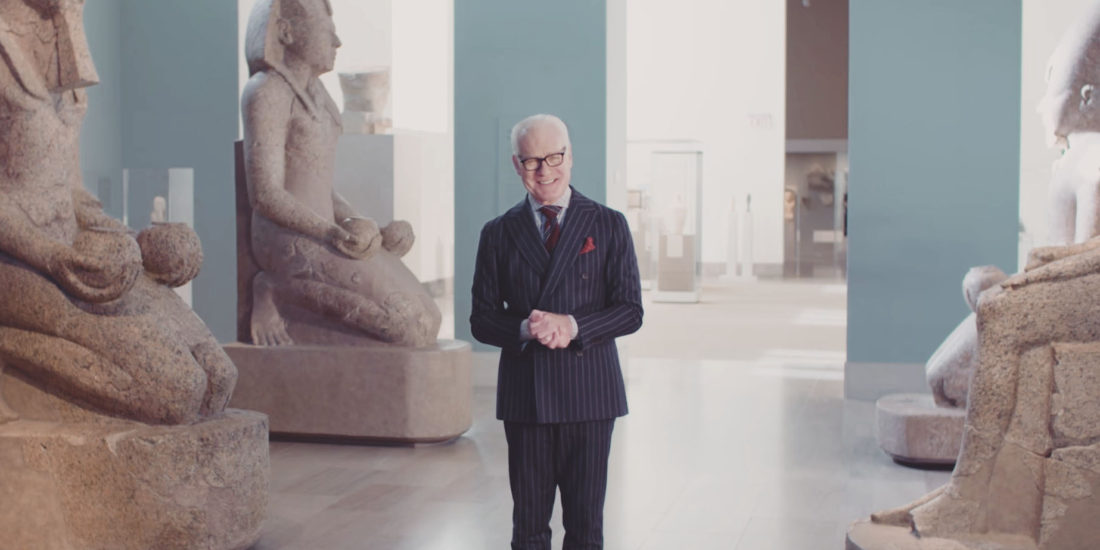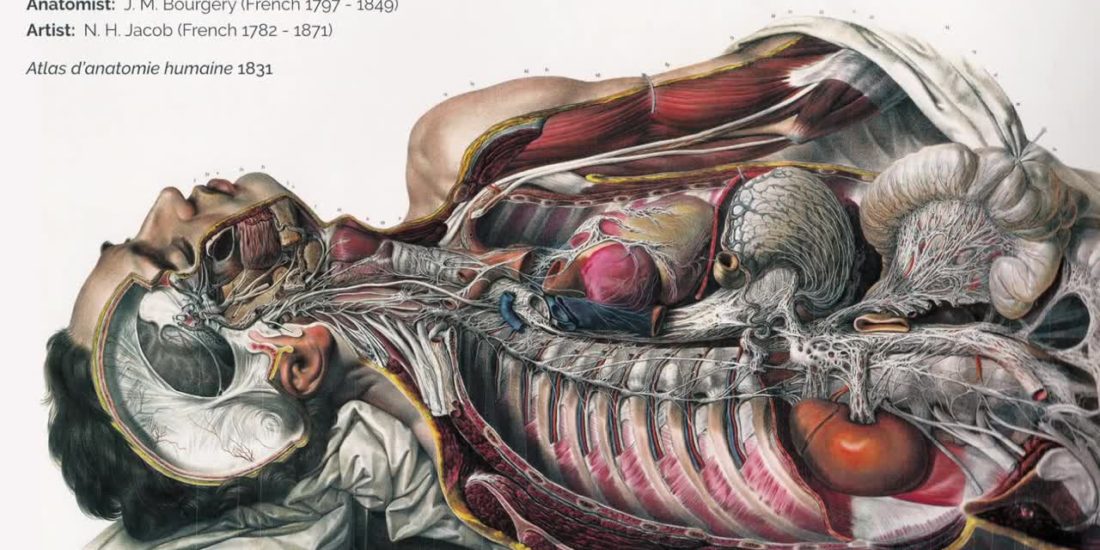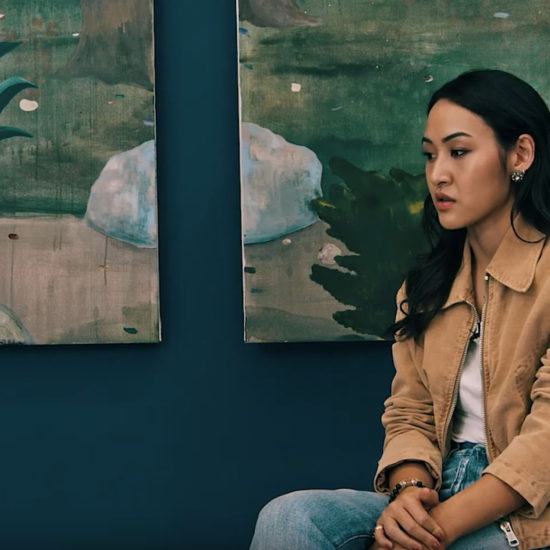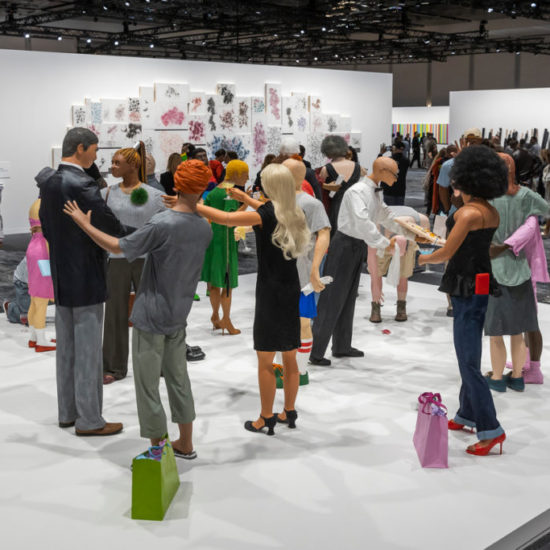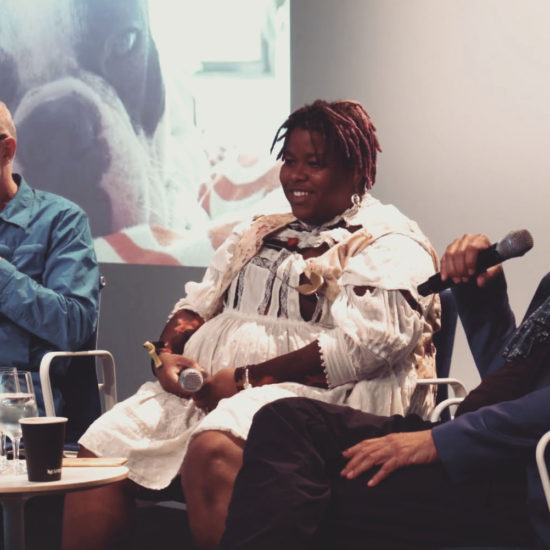MONOLITH VOLUME V : WHITEORAMA
What does not die does not live. In this simple assumption we could trace the taxonomy of this achromatic color that has a high brightness but is without tint. This color that shakes the space and rattles it between purity and fragility, between the possibility of starting something new and the fear of failure. White is the game of deception and misunderstanding, “the joyful restlessness” wrote Jünger, the absence of memory, the color of not remembering, said King. The color of surrender, of the phantom, of indifference, although brazenly shows its own prudery by constantly hiding its wounds.
So what unusually surprised thought does White stand for? Is it rigor or extraneousness? The space where nothing happens or what in this space wards off the void? Is the purity evoked by the habit of the Benedictines or the indecency of wearing this certainty that has already become excess, as claimed by the Abbot of Cluny? Is the page, the paper still intact, defended by its own whiteness or is the deception of a surface that, when you look at it, is immediately hit by every kind of cliché, by everything we have already seen? Is it the utopia of a place that welcomes everything or what establishes the void because it obstructs any definition?
White is a background, a fabric, an explosion of light. It is a metaphor and a metonymy, it is the palms of hands in a fairy tale twisted by sweat or covered by kisses. It is to bring help and at the same time to deny it, to withdraw into a form that has nothing left of disagreement, abandonment or the impetus that leads beyond oneself but something that perhaps desperately tries to reach the heart of enjoyment, to exhibit the eclipse. It is the color of flesh when it becomes divergence, an obstacle, a springboard for a singularly doubtful revenge, it is freedom and surrender, it is death and snow, it is all that surrounds us, “it is the air itself” wrote Aristotle. To speak about white, to listen to white, to give credit to white is finding oneself on a crossroads of stories, the outcome and the anachronism of the contemporary: an encrypted, secret, masked language that dripping into the night to seduce her, enlightening everything that is imprisoned.
OUR AUTHORS | CONTRIBUTIONS
In questo semplice assunto potremmo tracciare la tassonomia di questo colore acromatico che possiede un’alta luminosità ma è senza tinta. Questo colore che nel suo presentarsi complica lo spazio agitandolo tra la purezza e la totale fragilità, tra la possibilità di iniziare tutto e il terrore di non riuscire in niente. Il Bianco è il gioco degli equivoci e del malinteso, “la gioiosa e presaga inquietudine” scriveva Jünger, l’assenza di memoria, il colore del non ricordo, disse King. Il colore della resa, del fantasma, dell’indifferenza, seppure mostra sfacciatamente il proprio pudore nascondendo continuamente le sue ferite.
Allora, a quale pensiero insolitamente sorpreso corrisponde il Bianco? È il rigore o l’estraneità? Lo spazio dove non accade nulla o ciò che in questo spazio scongiura il vuoto? È la purezza evocata dal saio dei Benedettini o l’indecenza di indossare questa certezza già divenuta eccesso, come sosteneva l’Abate di Cluny nella lettera rabbiosa indirizzata a S. Bernardo in cui, ironicamente, lo appellava come: albe monache? È il foglio ancora intatto, difeso dal suo stesso candore o è l’inganno di una superficie che, nel momento in cui la si guarda, è subito investita da ogni genere di cliché, di già visto? È l’utopia di un luogo che accoglie tutto o ciò che impedendo qualsiasi definizione scongiura il vuoto?
Parlare del bianco, ascoltare il bianco, dare credito al bianco è trovarsi su un crocevia di storie, l’esito e l’anacronismo del contemporaneo: un linguaggio cifrato, segreto, mascherato che sembra defluire nella notte per sedurla, illuminando tutto ciò che è recluso.
